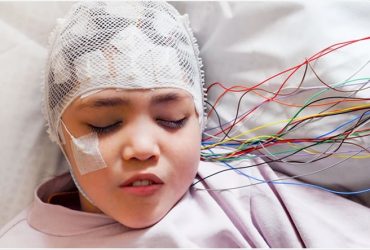Clinical Myopia Management Is A One-Stop Solution To Treating Myopia Effectively!
Myopia which is also commonly called as nearsightedness is a clinical condition when it is hard to see distant objects. And this happens when the cornea of the eyes become too curved or the eyeball is too elongated to makes it difficult for the light entering the eye to focus precisely on the retina to form the image.This is a refractive error of the eye which causes blurred vision. Myopia is of various types and the more serious forms might lead to complete loss of vision as the eyeball becomes too elongated to form the vision. But with certain treatments and clinical myopia management, myopia can be treated and the vision can be corrected with the help of spectacle, lenses or corrective surgery.
Pillars of Myopia Management
Once myopia has been identified through the four key principles used for the assessment of the myopia onset, namely-
- Family history- if one of the parents has myopia, the risk of its onset is increased to three-foldin the child while if both the parents suffer from it, this risk is almost doubled making the child all the more susceptible to the onset of myopia.
- The environmental- A child’s risk to myopia is increased if he or she spends less than 90 minutes outdoors and is habituated to near activities for more than 3 hours outside the school.
- Current refraction- This factor is free of the family history or the visual environment but if a child is exhibiting 0.5D or less of manifest hyperopia at the age of around 6-7 years, there are extremely high chances of him having the future onset of myopia.
- Binocular vision- Children with higher accommodative convergence ratios especially as in esophoria have almost 20 times increased chances of developing myopia within a span of one year.
Once the condition is detected, the treatment can be based on the three pillars for clinical myopia management. These three pillars are
- Management of visual environment- Simple advice to either the children at risk of myopia development with the family history of myopia or are less hyperopia than that of the age- normal or those who are already myope regarding simple practices to keep the condition in check. These pieces of advice are based on the studies done by medical professionals on myopia management.
- Secondly, the option of contact lenses or spectacles can be used to correct myopic condition temporarily and, on the usage, It has been observed that soft contact lenses have shown the best average efficacy for myopia managementwhile effectively correcting the ametropia. In case of a child is too young or not suited enough for contact lens, he can be prescribed spectacles.
- Thirdly if the binocular vision disorders are managed and treated while correct and effective management it can be of great help to correct myopia management.




